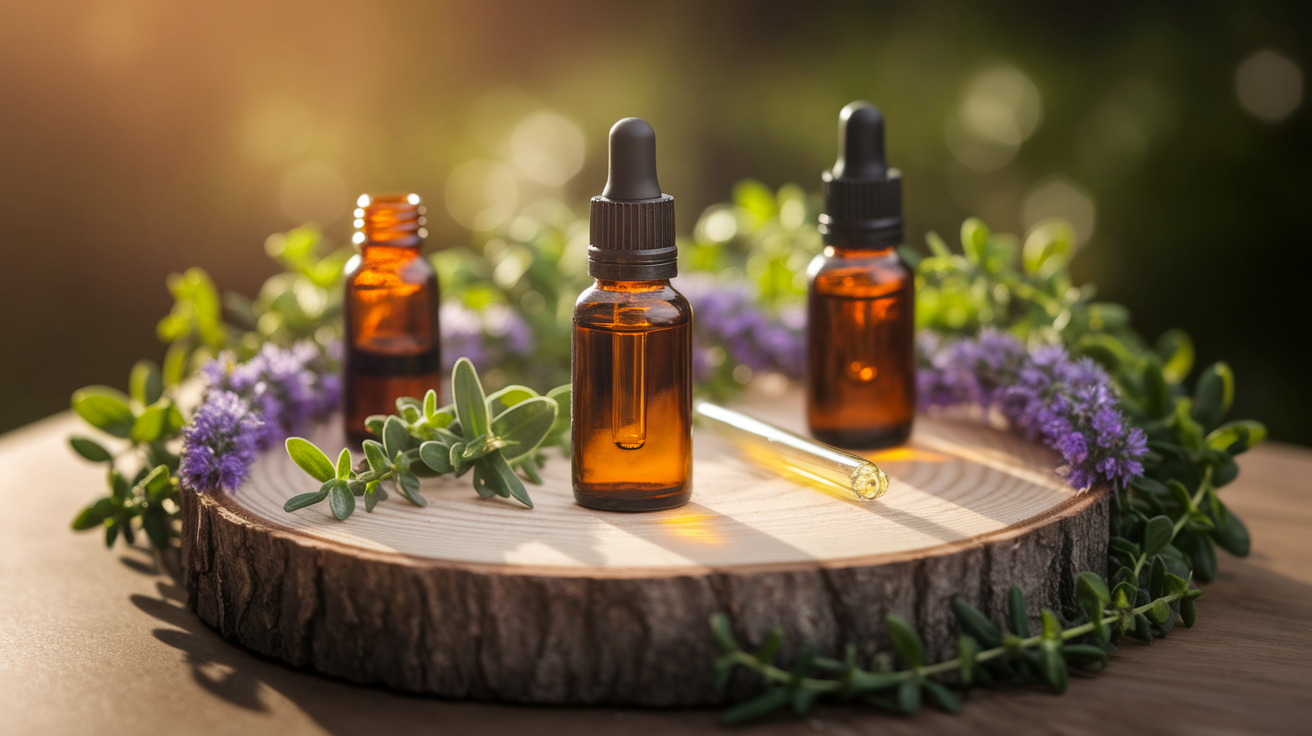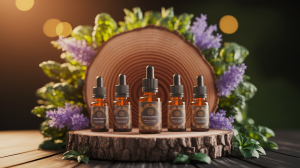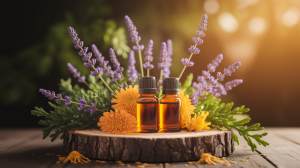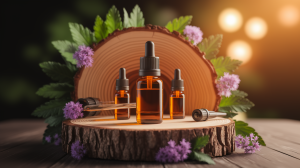Healing Scents: Essential Oils in Physiotherapy
There’s this moment that happens in a rehab clinic when the combination of skillful hands, focused movement, and the gentle waft of a therapeutic scent seem to work in perfect harmony. It’s hard to describe, but you can almost see tension melting away. In clinical physiotherapy, essential oils are not just pleasant extras – they can be a legitimate tool backed by evidence. In fact, research like this meta-analysis shows that using them alongside conventional treatments for musculoskeletal disorders brings measurable reductions in pain and stiffness. Patients with arthritis or low back pain often feel the difference right after treatment, and sometimes for weeks afterward. It’s an integrative approach where the scents aren’t just smelling good – they’re working in sync with manual therapies, exercise, and heat or cold applications.
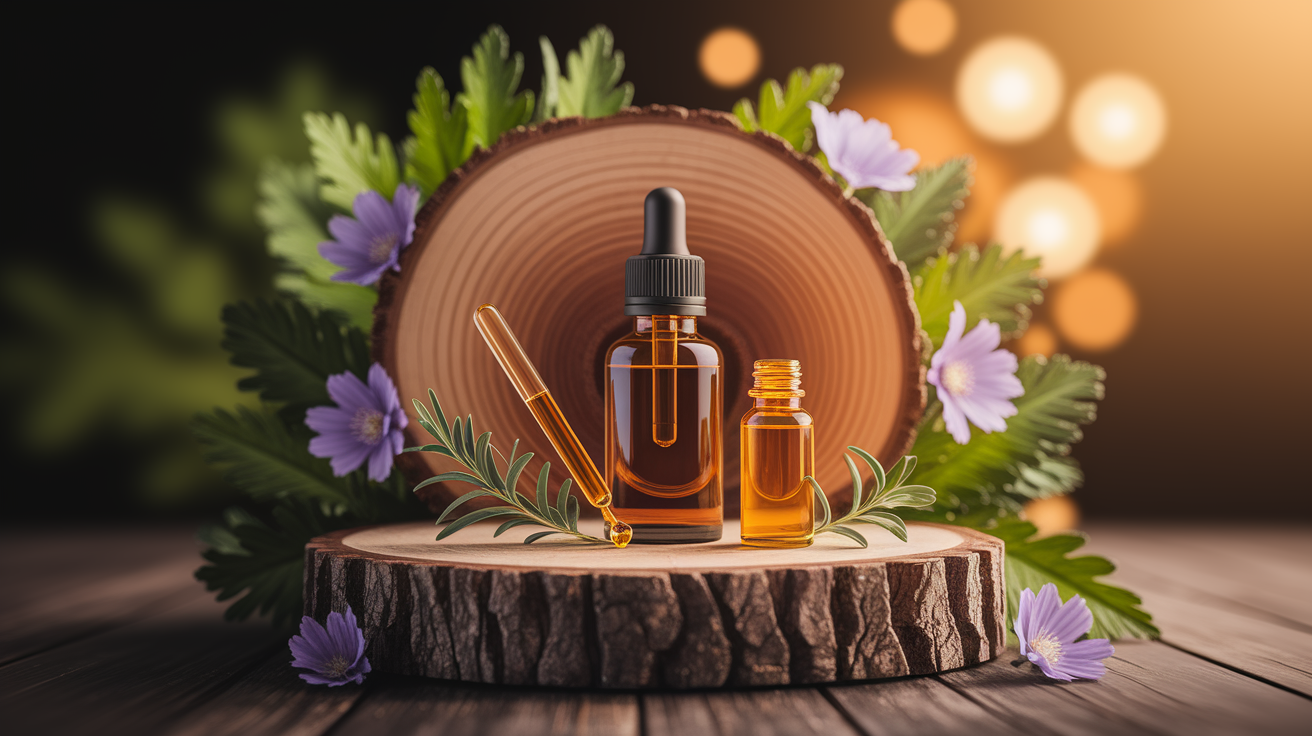
Topical Applications: Targeted Pain and Stiffness Relief
Picture this: a physiotherapist warms peppermint oil in their hands before a therapeutic massage. As it’s gently worked into sore muscles, there’s a cooling sensation that seems to chase discomfort away. That’s topical essential oil application at its best – immediate, localized relief. With anti-inflammatory oils like eucalyptus or frankincense, this becomes a natural way to ease joint stiffness, reduce swelling, and help muscles relax. Clinical protocols often ensure the right dilution so the oil is safe for skin contact, while the massage technique drives it deeper into tissues. And the beauty? The benefits don’t just stop when the session ends; studies show effects can continue for days, helping with improved joint mobility and reduced pain intensity.
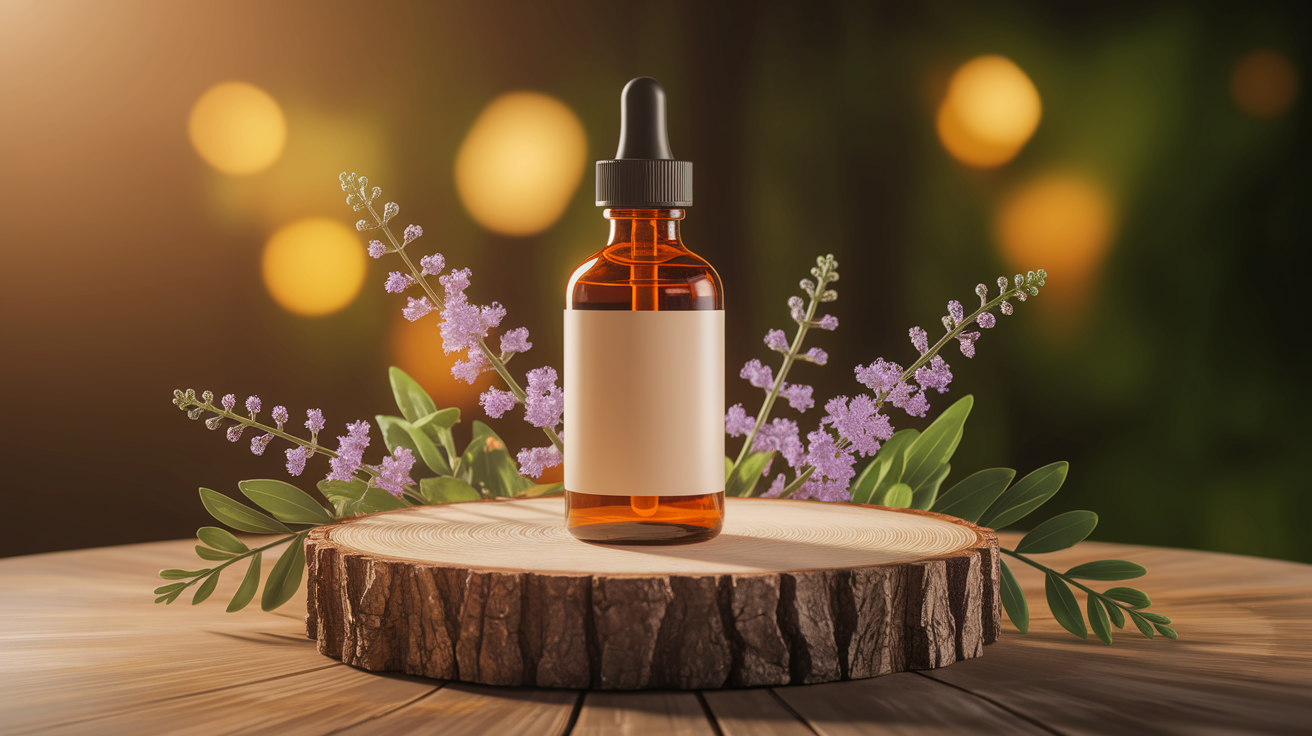
Aromatherapy in Practice: Enhancing Patient Experience
Sometimes the biggest wins in rehab aren’t only about muscles and joints – they’re about mood, comfort, and participation. There’s something profound about the way a soft hint of lavender oil in the air can calm a patient before a challenging exercise. According to findings like those from this clinical trial, inhaled essential oils can ease pain perception and even reduce nausea during therapy. Patients who feel more relaxed often engage more actively in their rehabilitation exercises, and that readiness can lead to quicker mobility improvements. It’s not magic – it’s neurophysiology. Scent molecules trigger responses that ripple through our nervous system, making the work of recovery just a little smoother.
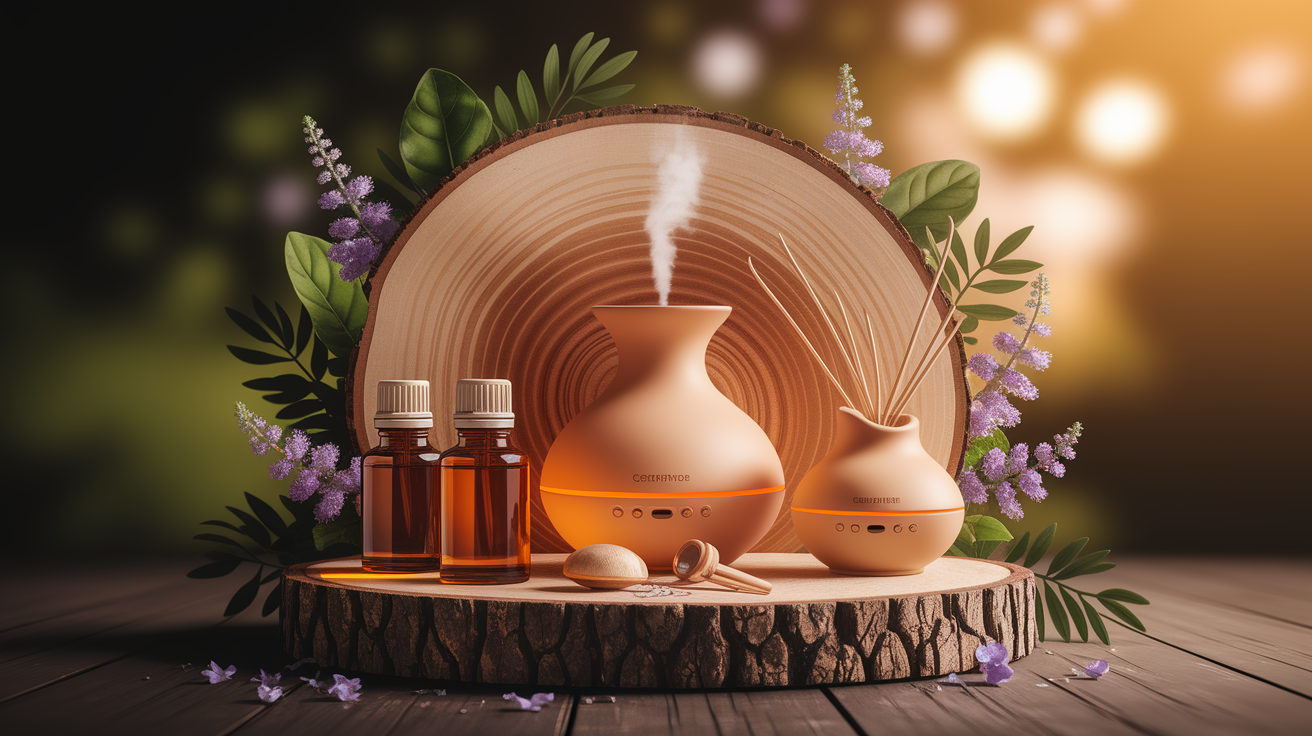
Biochemical Benefits: Beyond Symptomatic Relief
It’s tempting to think of essential oils purely in terms of what we feel – relief from soreness, a burst of energy – but their impact can go deeper. Oils can have antimicrobial, antioxidant, and even metabolic-modulating properties. For example, cinnamon oil isn’t just a warm, spicy scent – research like this review highlights its potential to improve glucose metabolism and reduce oxidative stress in tissue recovery. These biochemical effects hint at a role in supporting overall health during rehabilitation, with benefits stretching beyond just easing pain. In essence, they may help create an internal environment more conducive to healing, amplifying the effects of physical therapy.
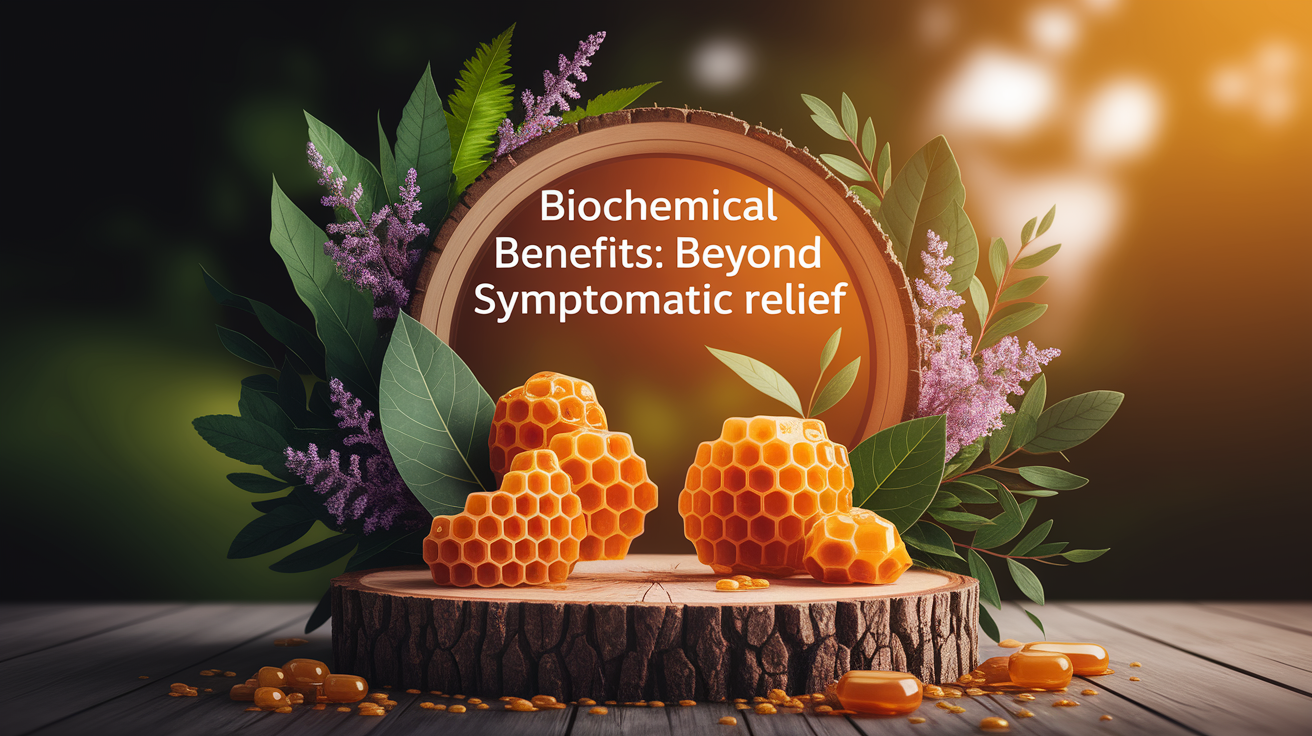
Safety and Integration: Best Practices for Clinicians
The excitement over essential oils in rehab is real, but so is the need for safety. Professional practice means knowing the right oils for specific conditions, understanding contraindications, and following clear dilution guidelines to avoid skin irritation or sensitization. Many treatment protocols blend oils into creams or carrier oils for safe topical use, and diffusers are set up to maintain a mild, therapeutic atmosphere without overwhelming the senses. Integration is all about balance – complementing established physiotherapy techniques rather than replacing them. Evidence-backed approaches, such as those discussed in clinical aromatherapy reviews, guide clinicians in weaving essential oils seamlessly into patient care without compromising safety.
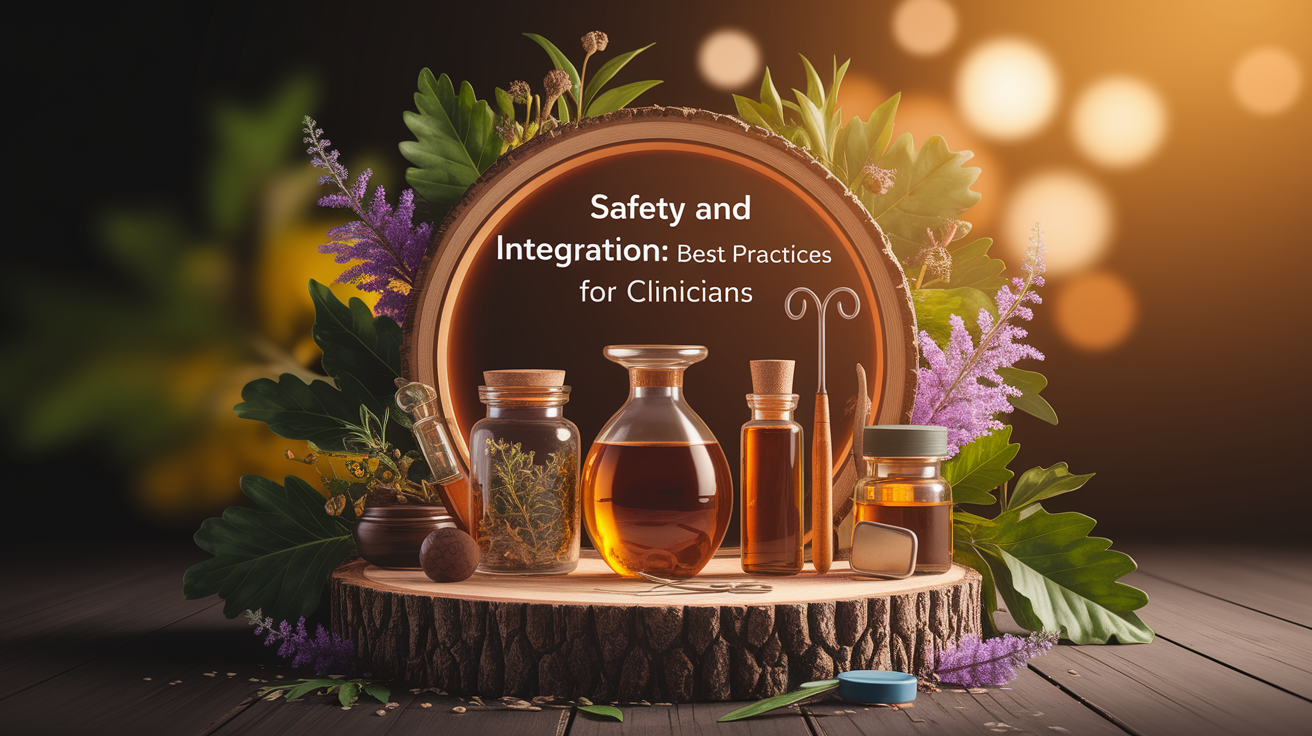
Scents of Success: Charting the Next Steps
Looking ahead, the role of essential oils in clinical physiotherapy and rehabilitation could expand with further research into their long-term outcomes, optimal dosing, and tailored blends for individual needs. Think of post-surgery recovery aided by anti-inflammatory aromas, sports injury rehab supported by oils that promote circulation, or chronic pain management made more tolerable through consistent aromatherapy. The key is staying rooted in evidence-based practice while letting innovation guide new applications. When the science and the sensory meet, the potential for healing becomes not just a theory, but something you can see, feel, and breathe in the therapy room.

